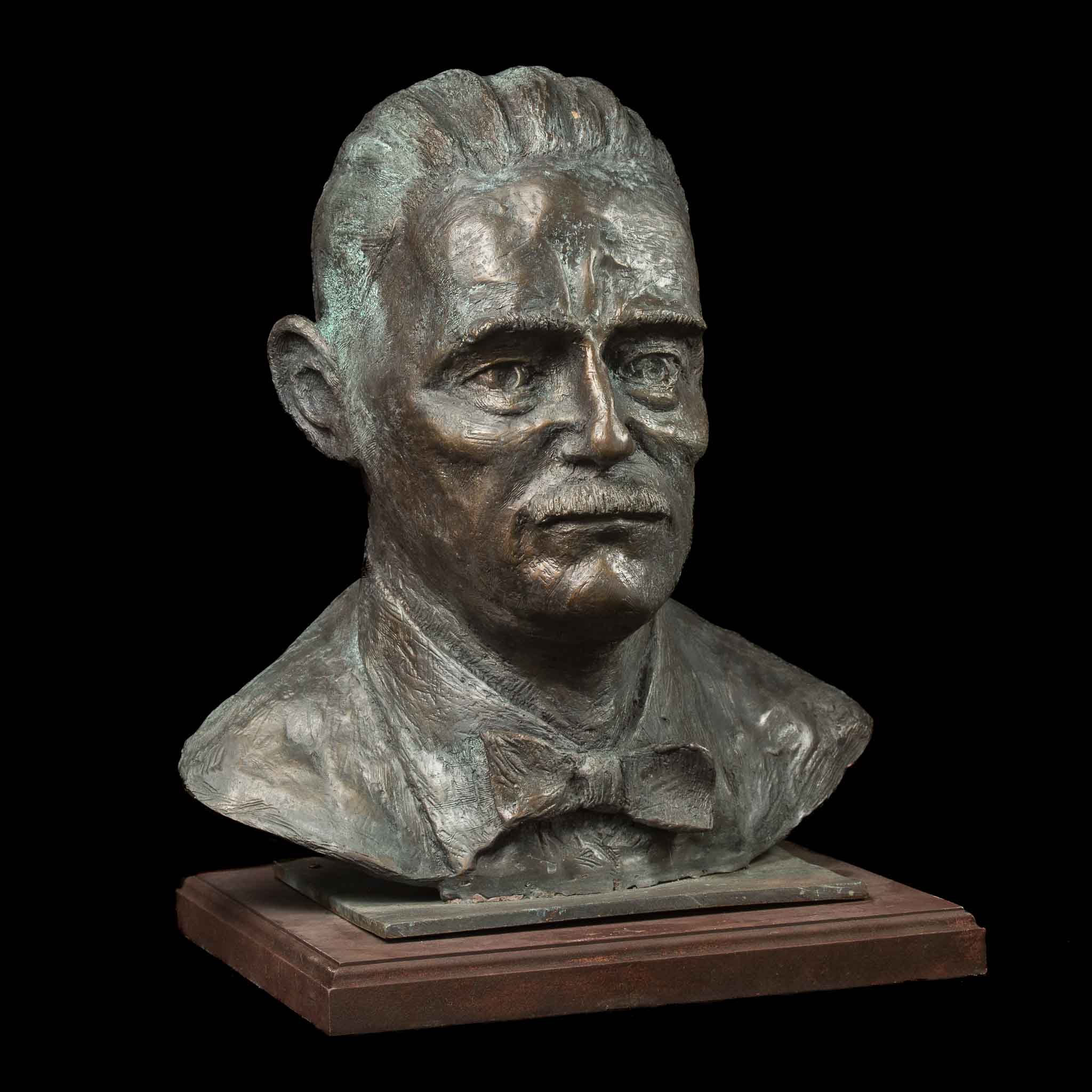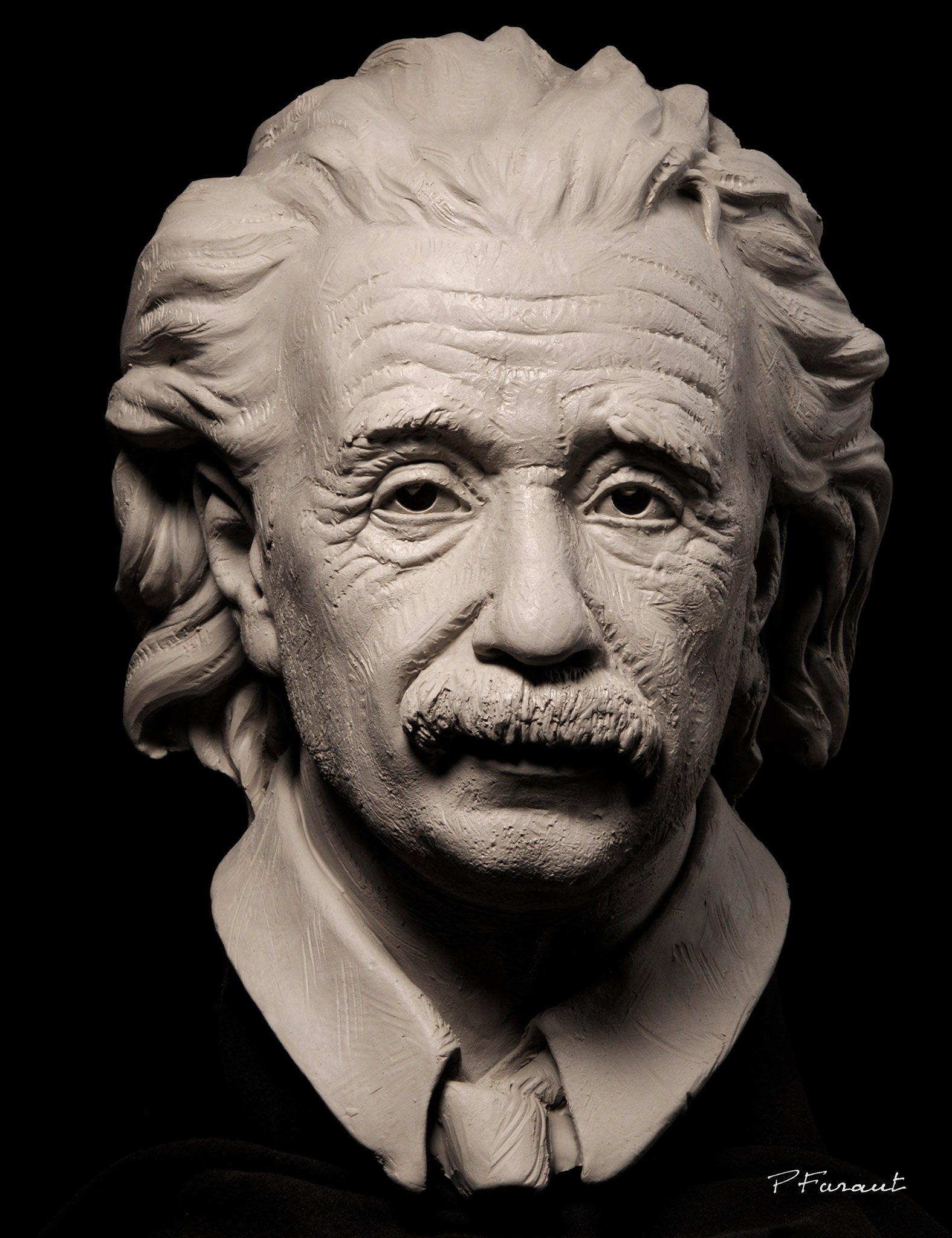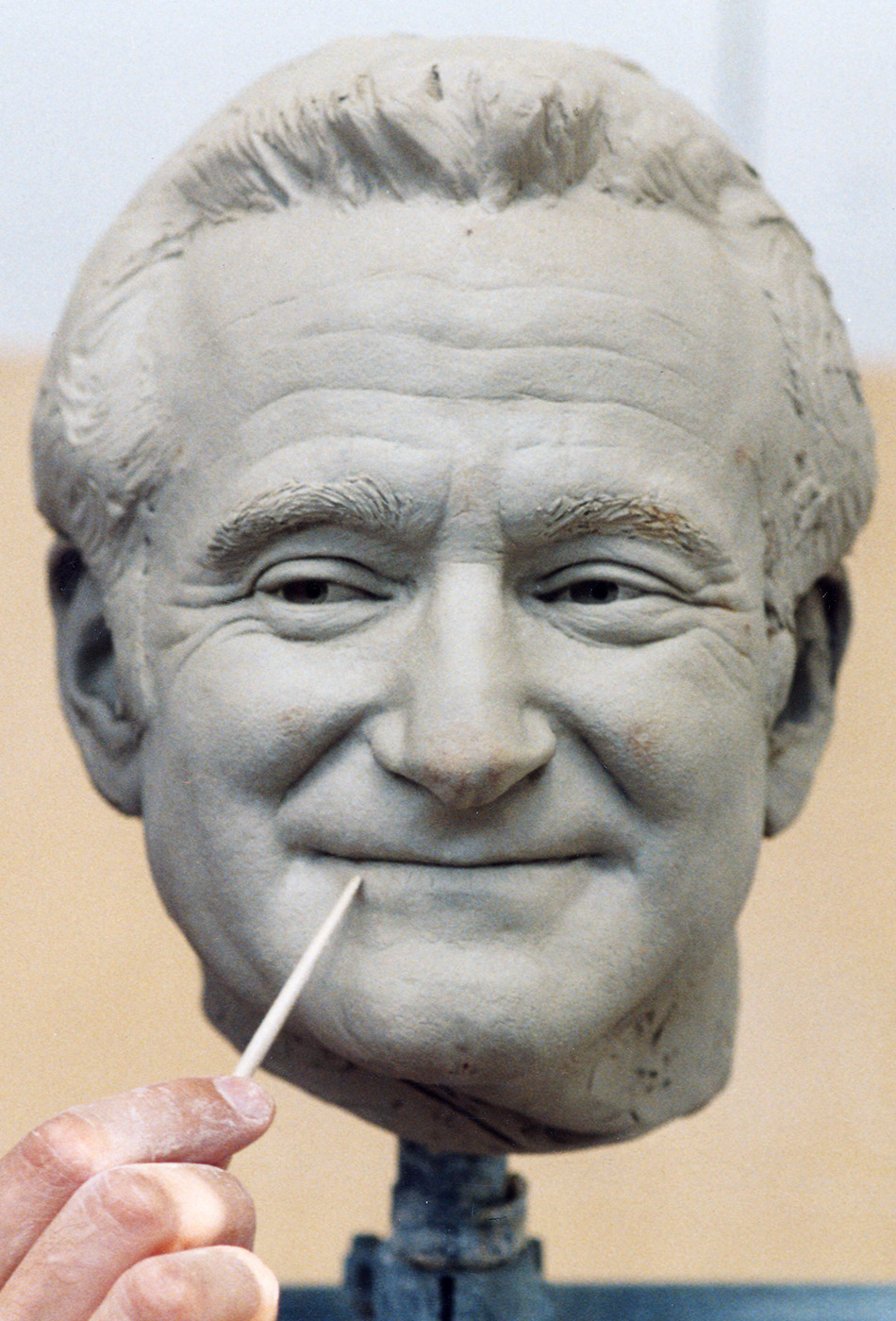Contemporary Marvels: Study the Globe of Contemporary Sculptures
Wiki Article
The Development of Sculptures: From Ancient to Modern
The Evolution of Sculptures: From Ancient to Modern. Equine Sculptures.Sculpture, among the earliest kinds of art, has been an essential part of human civilization for centuries. From the old civilizations of Egypt and Greece to the modern age, sculptures have progressed, mirroring modifications in imaginative methods, products, and social influences. This journey through time traces the advancement of sculptures, checking out the shifts in design, subject, and artistic expression.
Starting with the ancient globe, sculptures crafted from stone and later bronze caught the essence of deities, rulers, and day-to-day life. The Renaissance duration saw a resurgence of timeless sculpting techniques, as musicians sought to replicate the graceful kinds of old Greek and Roman sculptures (Bronze Sculptures). In the contemporary age, musicians tested typical limits, embracing abstraction and trial and error with brand-new products
This exploration will dive right into the diverse advancement of sculptures, revealing the rich tapestry of artistic expression throughout different durations and societies.

Ancient Sculptures: From Rock to Bronze
Ancient sculptures transitioned from being carved out of rock to being cast in bronze. This shift marked a considerable evolution in the art of sculpture, enabling for higher improvement and detail in the finished jobs. Rock sculptures, while excellent in their very own right, were limited by the nature of the product. Rock called for considerable sculpting and forming, typically causing a more streamlined representation of the subject.The intro of bronze as a medium for sculptures caused a transformation in artistic expression. Bronze offered sculptors the opportunity to create complex and natural kinds that were not possible with stone. The procedure of casting bronze permitted the development of multiple copies of a sculpture, allowing wider circulation and preservation of these creative masterpieces.
The transition from stone to bronze likewise saw a shift in the topic of sculptures. While rock sculptures primarily shown gods, goddesses, and mythical figures, bronze sculptures started to mirror a more comprehensive array of topics, consisting of everyday people and animals. This development of subject showcased the versatility and versatility of the bronze medium.
Renaissance Revival: Shaping in the Classical Style
The Renaissance rebirth of sculpture saw a revival in the classic design, structure upon the developments made throughout the change from stone to bronze in ancient sculptures. Throughout this duration, musicians looked for to recreate the classic aesthetic and suitables of appeal that were common in old Greek and Roman sculptures.One of the key attributes of the Renaissance resurgence was the focus on naturalism and the human type. Sculptors like Donatello and Michelangelo aim to capture the anatomical information and expressions of their topics with extraordinary precision. They studied the body and integrated their observations into their sculptures, resulting in lifelike and sensible depictions.
Another important element of the Renaissance resurgence was the exploration of point of view and depth. Musicians made use of methods such as contrapposto, where the weight of the body is changed to one side, developing a feeling of motion and dynamism. They additionally explore different products, including marble and bronze, to accomplish a degree of sophistication and complexity in their sculptures.

Innovation and the Avant-Garde: Breaking Typical Boundaries
During the Modernism and Avant-Garde motions, artists pressed the limits of traditional artistic conventions. This duration, which emerged in the late 19th and early 20th centuries, saw a significant shift in the means musicians approached sculpture. Rejecting the idea of art as mere imitation, modernist sculptors looked for to discover new kinds, materials, and ideas.
One of the crucial attributes of modernist sculpture was the focus on abstraction. Artists relocated far from practical representations and instead concentrated on capturing the essence of the topic through Visit This Link streamlined forms and geometric shapes. This separation from conventional representation enabled artists to share their emotions and concepts in an extra subjective and personal fashion.

Contemporary Sculptures: Discovering New Materials and Concepts
With a concentrate on exploring new materials and principles, modern sculptures have transformed the area of art. Artists today are pressing the limits of traditional sculpture by exploring and using ingenious products with abstract ideas. These sculptures challenge standard concepts of kind, significance, and materiality, inviting customers to engage in a provocative and brand-new artistic experience.Contemporary carvers are accepting a large range of products, consisting of plastic, glass, steel, and even organic issue. They are not limited to the standard medium of rock or clay, permitting higher flexibility of expression and trial and error. This shift towards unconventional materials has actually opened up new possibilities for musicians to develop sculptures that are dynamic, interactive, and aesthetically striking.
Along with checking out new products, modern sculptures likewise dive right into complex and abstract ideas. Artists are currently exploring styles such as identity, social concerns, and the setting, utilizing sculpture as an effective tool for social commentary and self-contemplation. These sculptures test audiences to think seriously and engage with art on a deeper level, sparking discussions and prompting emotional responses.
Worldwide Impacts: Sculptural Practices From Worldwide
Sculptural practices from different areas of the world have dramatically formed the advancement of sculptures throughout history. The international influences on sculpture have varied and have actually added to the splendor and range of creative expressions. From the old people of Egypt, Greece, and Rome to the elaborate makings of Eastern societies, each region has actually created its unique sculptural practices that have actually influenced artists across time.In ancient Egypt, sculptures were produced largely for spiritual and funerary functions. The renowned sculptures of gods and pharaohs, such as the Great Sphinx and the breast of Queen Nefertiti, display the Egyptians' proficiency of rock sculpting and their idea in the immortality.

In ancient Rome, sculpture offered both political and creative objectives. Roman sculptures often shown emperors, generals, and mythical numbers, reflecting the power and splendour of the realm. The marble statuary of Augustus of Prima Porta and the monumental Arch of Constantine are remarkable instances of Roman sculptural success.
Oriental sculptural practices, particularly in India, China, and Japan, have also had an extensive influence on the evolution of sculptures. Indian sculptures, such as the delicately carved temples of Khajuraho and the gigantic statues of Buddha, display an abundant blend of spiritual, mythical, and building elements. Chinese sculptures, identified by their great workmanship and interest to detail, usually represent deities, animals, and legendary figures. Japanese sculptures, influenced by Buddhism, stress simplicity and tranquility, seen in the tranquil statuaries of Buddha and the classy art of bonsai.
The international influences on sculpture remain to progress in the contemporary period. Musicians today draw inspiration from different sculptural traditions, incorporating new products, methods, and concepts to develop thought-provoking and innovative artworks. The combination of various social impacts has provided increase to a dynamic and varied sculptural landscape, reflecting the interconnectedness of our international society. As we aim to the future, it is certain that the international influences on sculpture will certainly remain to form and redefine this old art form.
Verdict
In conclusion, the evolution of sculptures has actually seen a shift from ancient rock and bronze works to the classical resurgence throughout the Renaissance. Today, contemporary sculptures check out brand-new products and ideas, while likewise attracting motivation from international sculptural customs.From the ancient civilizations of Egypt and Greece to the modern-day era, sculptures have actually developed, showing modifications in creative methods, materials, and social influences.Beginning with the ancient globe, sculptures crafted from stone and later on bronze recorded the significance of deities, rulers, and everyday life.Old sculptures transitioned from being sculpted out of rock to being cast in bronze. While rock sculptures mostly illustrated gods, sirens, and mythological numbers, bronze sculptures began to reflect a broader range of topics, consisting of day-to-day people and pets.In conclusion, the advancement of sculptures has seen a shift from ancient stone and bronze functions to the classical revival throughout the Renaissance.
Report this wiki page